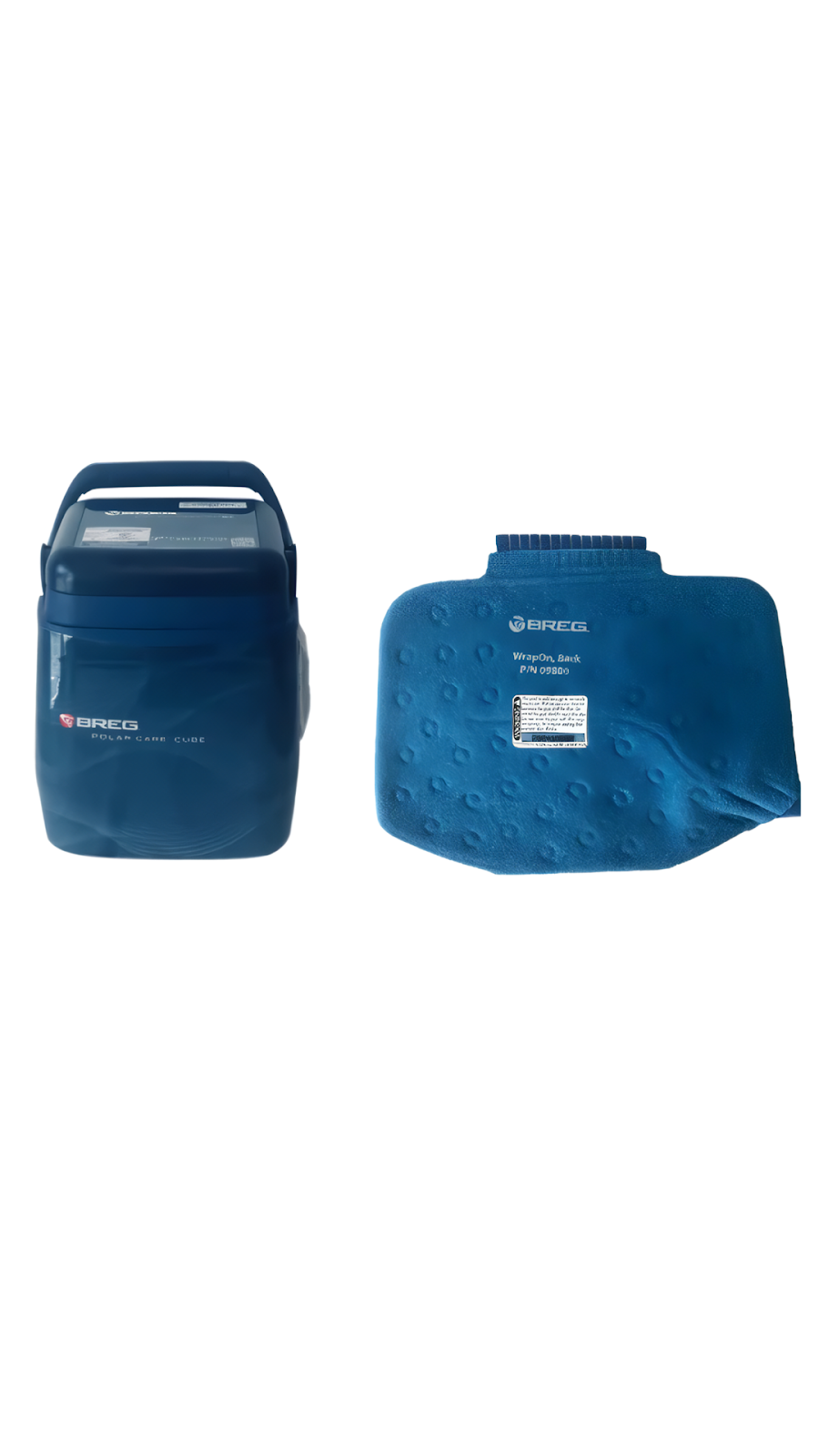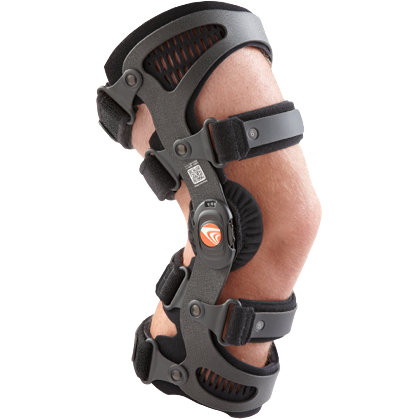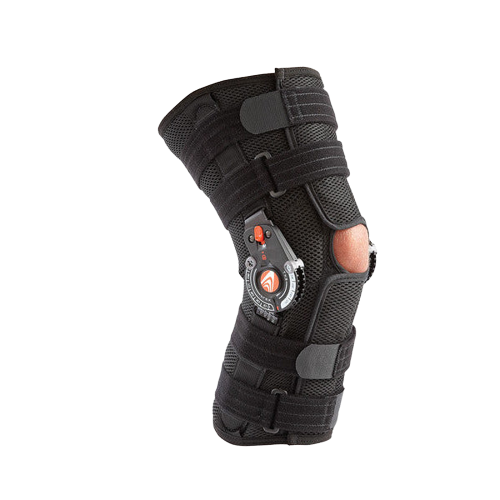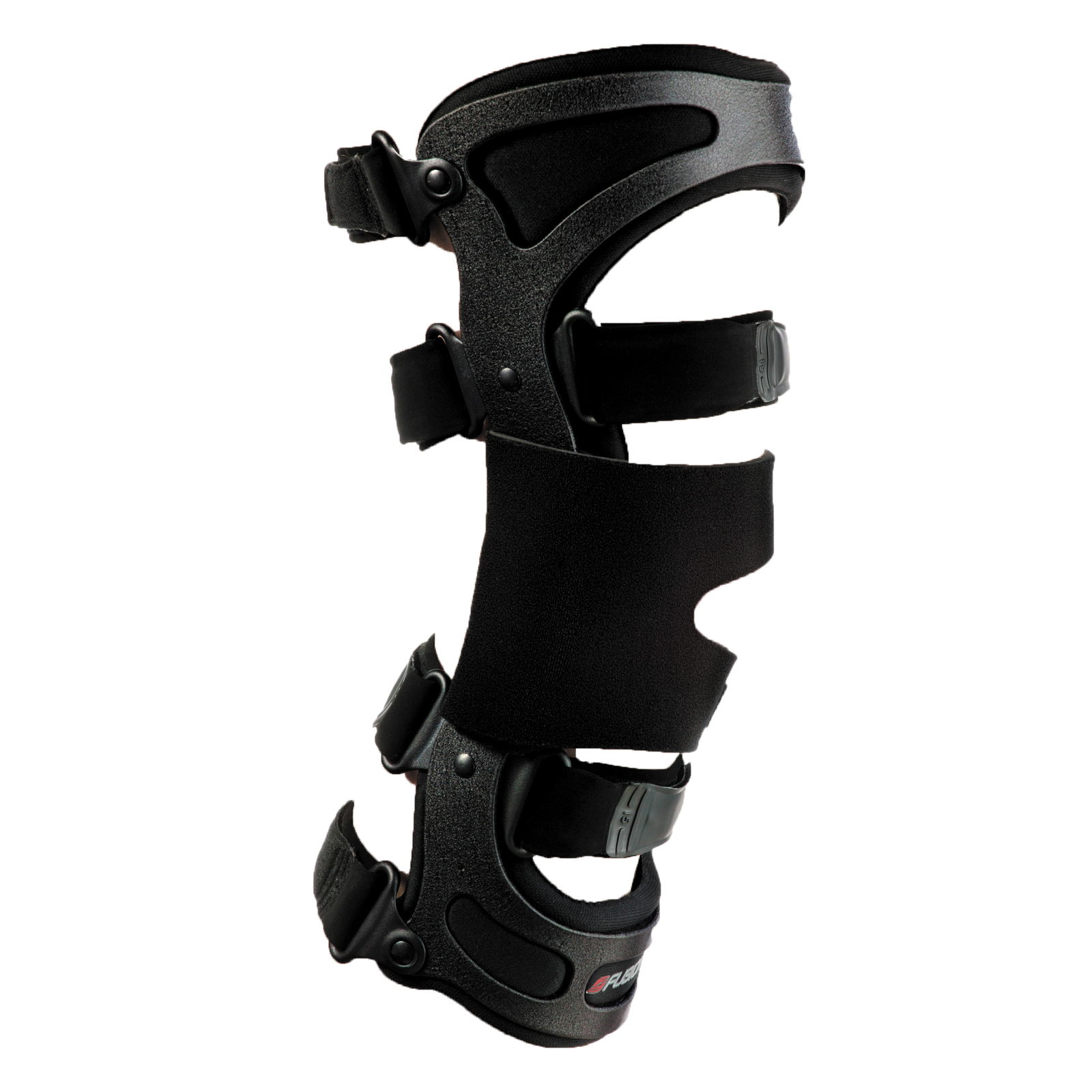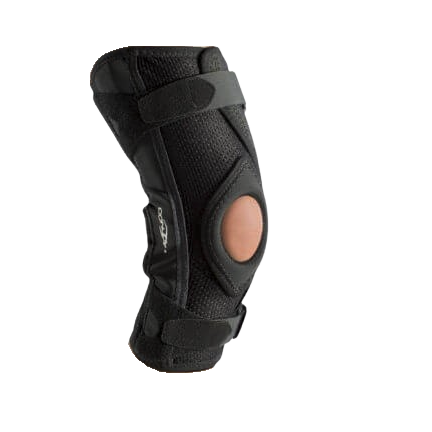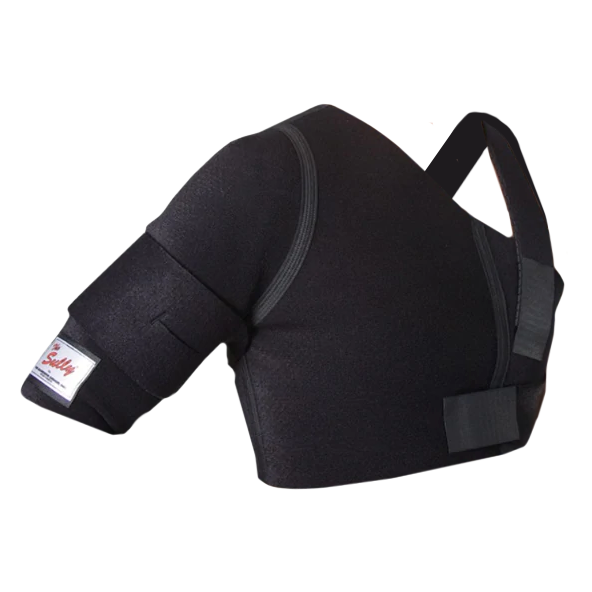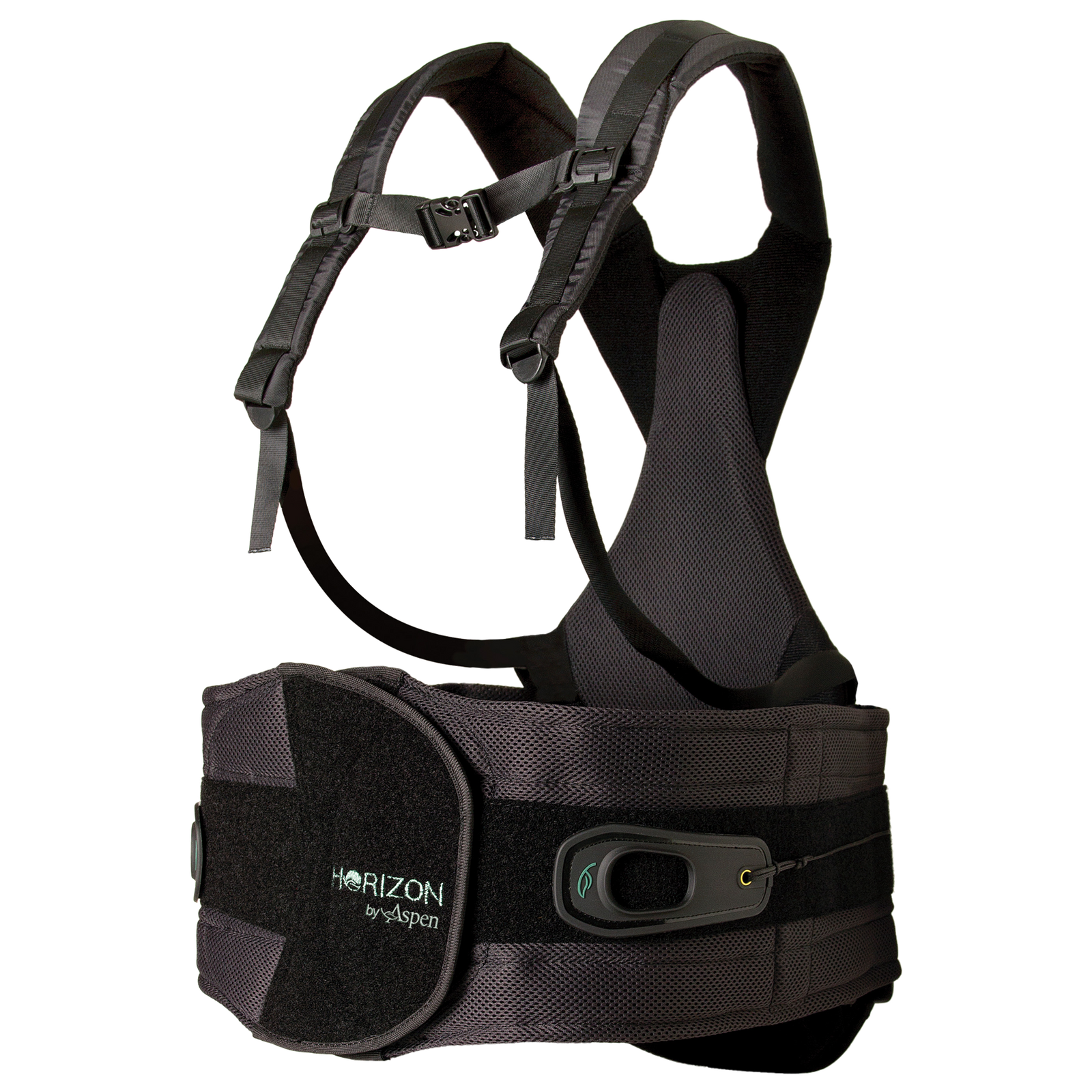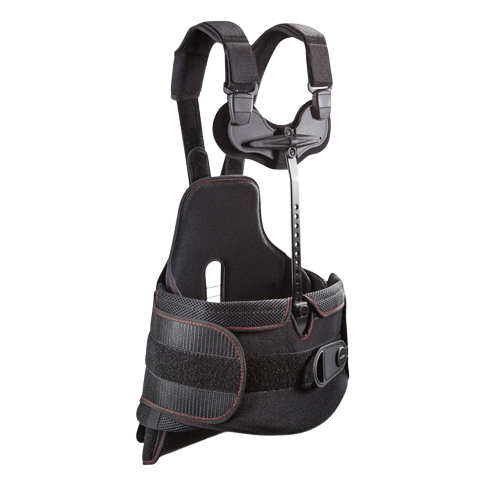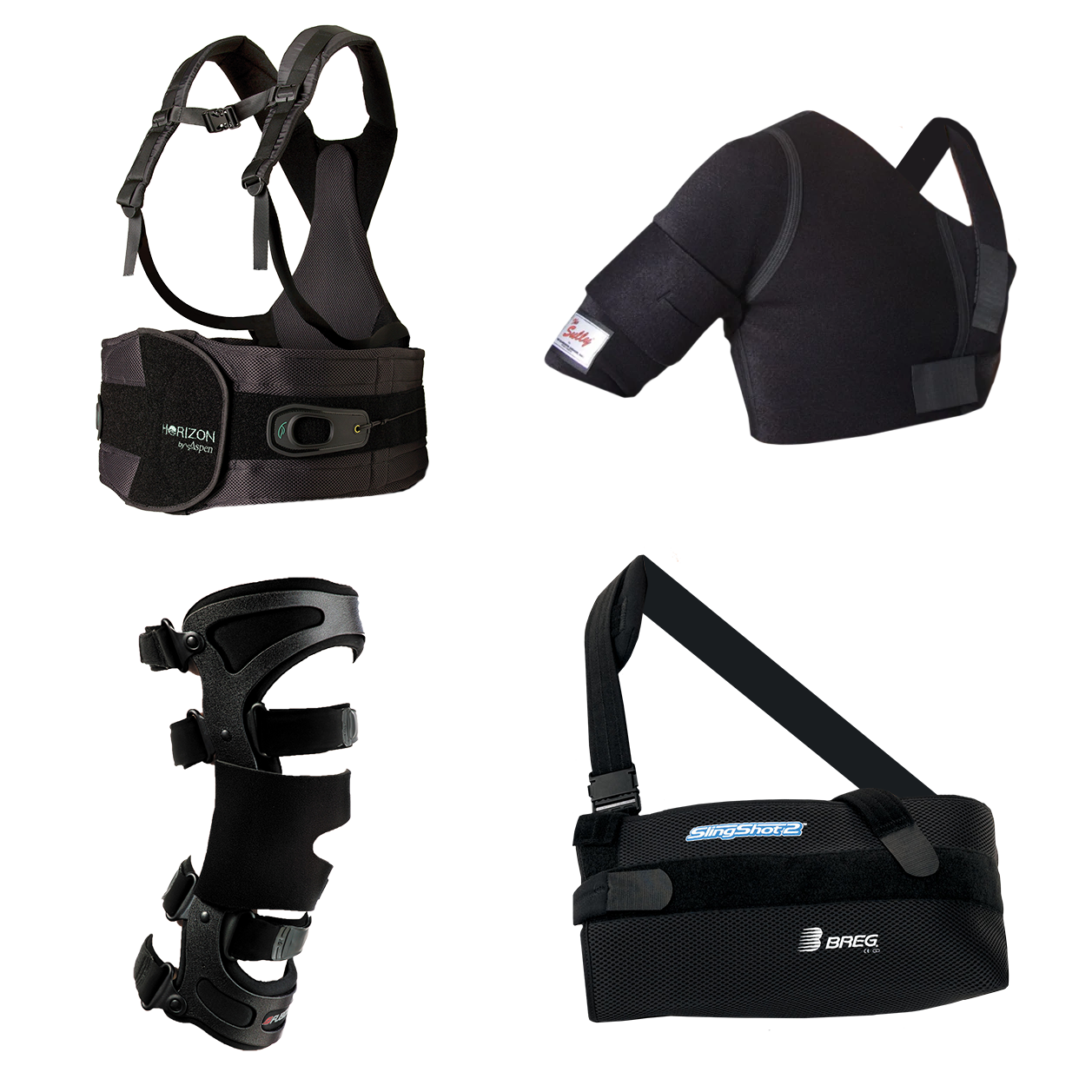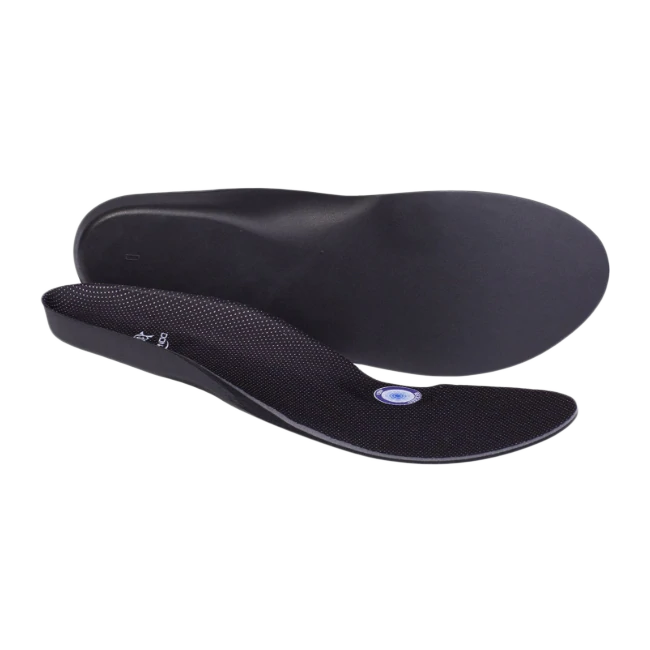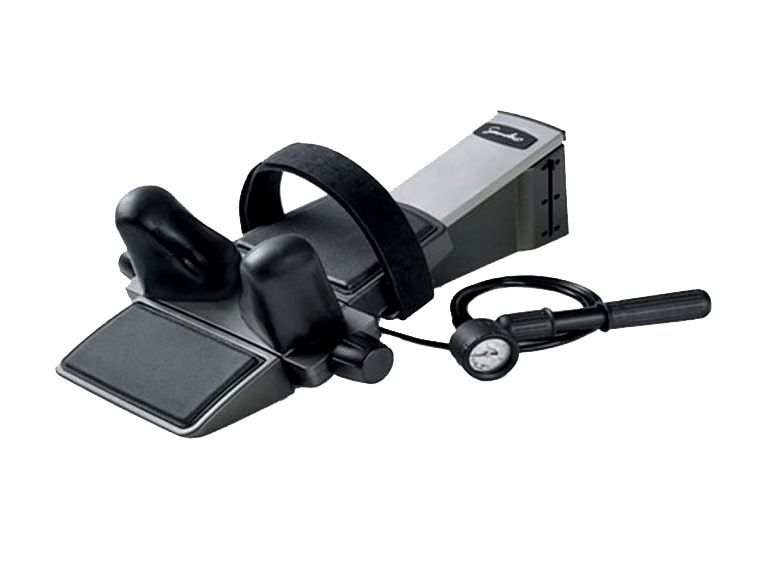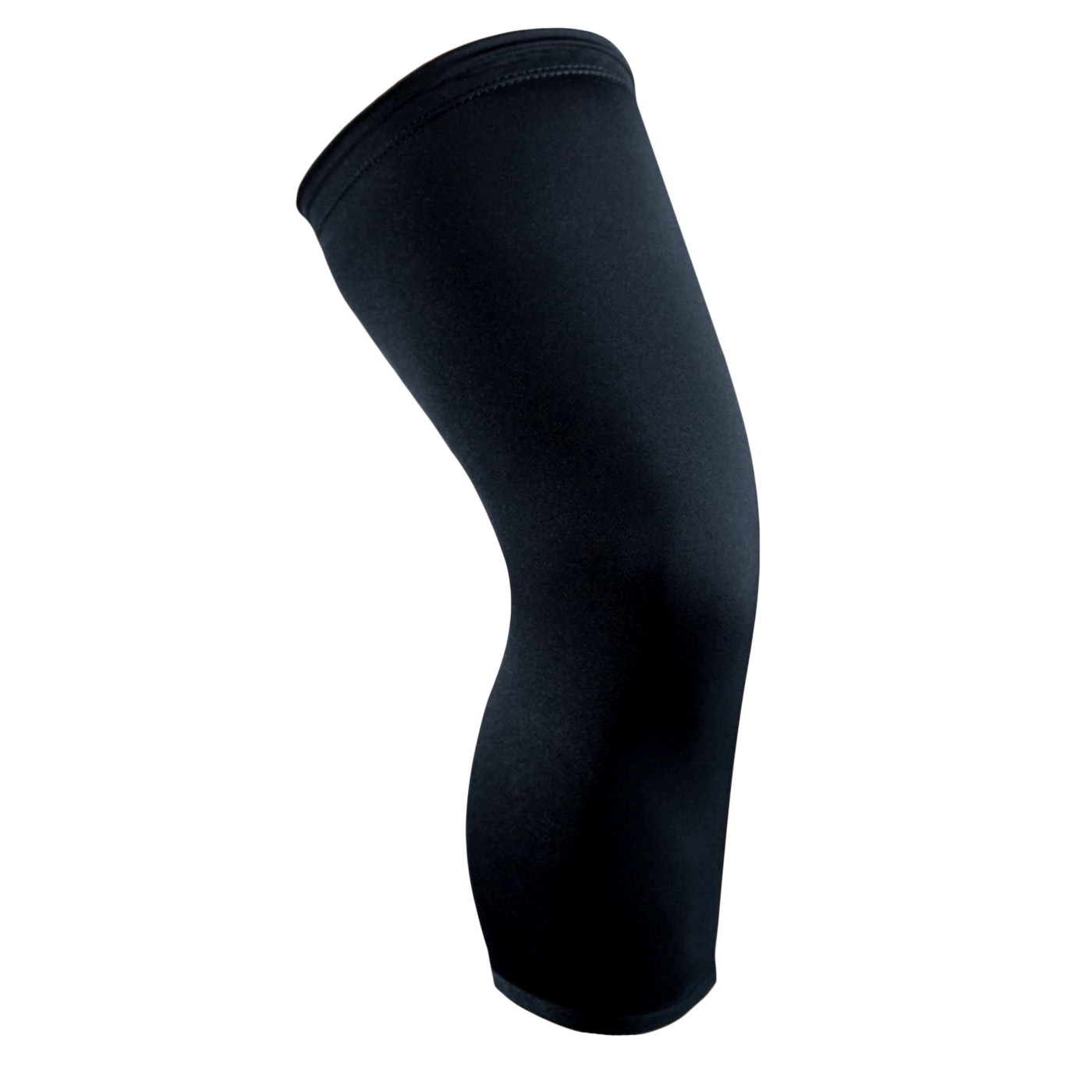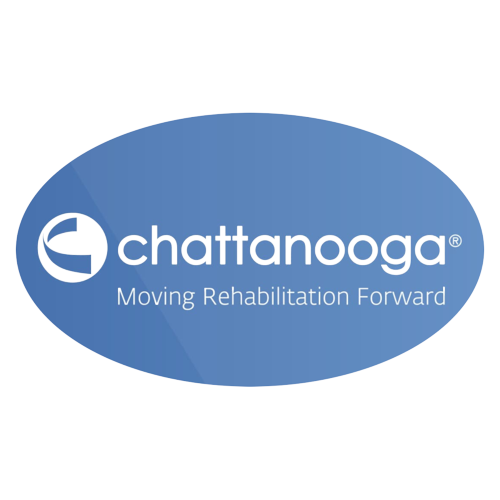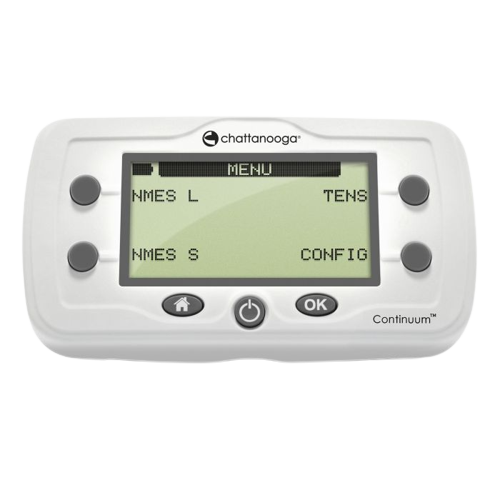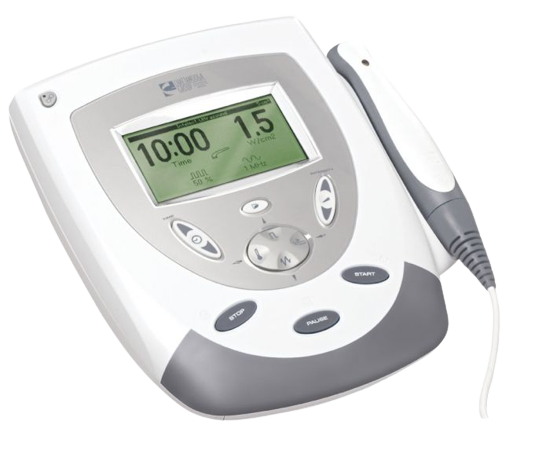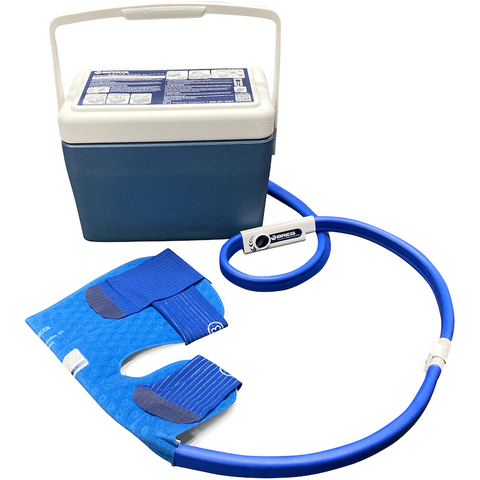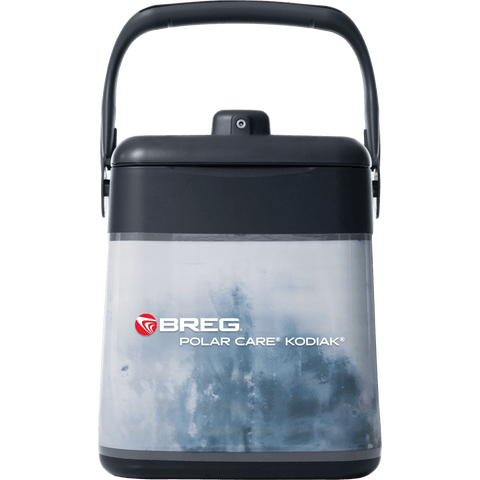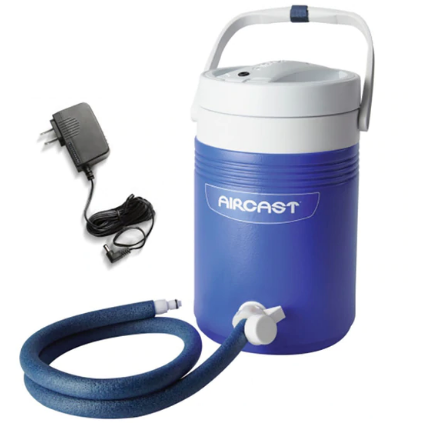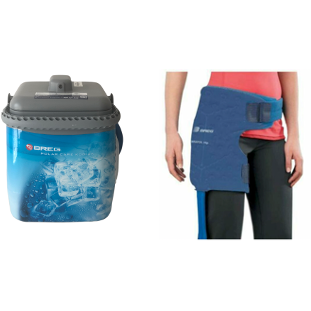Want to know how long to use cold therapy after surgery? You can rest assured you’ve come to the right place!
Cold therapy, also known as cryotherapy, has been around since ancient times, used for its healing and therapeutic benefits. It’s common for medical professionals to utilize cold therapy to treat wounds, like sprains, or reduce swelling in post-operation treatment sites.
Frequency and consistency matter when rehabbing post-operation. In fact, how long you use your cold therapy machine influences the healing capabilities it has to offer. You want to get the most out of your treatment - and that’s why in this article, we’ll answer your questions on how long and how often to use cold therapy. Let’s not waste any time!
Why How Long to Use Cold Therapy After Surgery Matters
Before we discuss how long to use cold therapy after surgery, we want to educate you on why it matters in the first place. We have the details below on why you should monitor your frequency and timeline.
Can You Ice Too Much After Surgery?
Yes, you can ice too much after surgery. And there are some severe repercussions in doing so. For example, icing too long can increase the risk of tissue damage and reactive vasodilation (widening) of the blood vessels. This happens as an effect of the body attempting to supply blood to the tissues.
Prolonged use of ice therapy, in terms of frequency, can also delay healing over time. Initially, cold therapy is incredibly beneficial in helping reduce pain and swelling after surgery. But after a certain point in time, blood flow must not be wholly restricted so that immune cells can access the injured area and promote healing.
What Happens if You Don’t Ice Long Enough?
Nothing too serious happens if you don’t ice long enough.
But, of course, you won’t receive the maximum benefits of cryotherapy if you don’t ice for long enough. So it is crucial to adhere to your doctor’s recommendations for the length and timeline of icing after surgery.
Doing so will boost positive effects, such as reducing swelling, pain, and inflammation. All of this helps to speed up healing.
How Long to Use Cold Therapy After Surgery: Our Advice on Frequency & Duration for Ice Machine Usage
The body’s inflammatory response occurs anywhere from a couple of days to a two months post-surgery. That is why staying consistent with your post-therapy cold therapy sessions is essential. And below, we discuss how long and how frequently you should be icing after surgery!
First, Always Default to Your Doctor’s Recommendations
Before beginning cold treatment, you must receive your doctor's go-ahead to proceed with cold therapy.
Your doctor knows best as to when to use cold therapy for your unique injury or rehab. So, getting the thumbs up from a medical professional is always recommended to prevent potential health risks. Not all individuals are safe to proceed with cold therapy, including individuals with poor circulation and diabetes.
Depending on your specific needs and limitations, your doctor will provide customized recommendations to follow. If this is the case, please default to your doctor’s recommendations over ours to prevent any potential health risks. But if not, here’s our advice on the matter…
The First 48 Hours After Surgery
Icing during the first 48 hours will be the most frequent when rehabbing an injury after surgery. After that, it is recommended to ice the area at least four times daily for 15-20 minutes for each cold therapy session.
A reasonable method is to set and stick with designated times to ice during the day. For example, in the morning, at noon, in the afternoon, and then in the evening. Follow this plan and you’ll set yourself up for a quick, smooth recovery window.
Days 3-7 After Surgery
As the body’s inflammatory response is likely still running hard, we recommend following the icing routine mentioned above. This will help reduce any signs of inflammation and pain associated with the response.
Weeks 2-4 After Surgery and Beyond
If there are still signs of swelling after two weeks of surgery, consult your doctor to ensure the body is healing smoothly. Sometimes it takes longer for the body to adjust post-surgery, but double-checking that nothing has gone wrong with your doctor is highly recommended.
If you are experiencing pain in the rehabbed area, you can proceed with cold therapy for pain management. Depending on how severe the pain is, you can follow the recommendations mentioned above for frequency and length of cold therapy or lower the sessions to 1-2 times a day until the wound is fully healed.
At What Point Should I Stop Using Cold Therapy Altogether After Surgery?
The frequency of cold therapy sessions per day and per week should eventually be decreased after each passing week as the wound fully heals. Consult your doctor for recurrent signs of pain or inflammatory response four weeks after surgery.
Other Tips for Using Cold Therapy After Surgery
So, are cold therapy machines worth it? And how long should you use an ice machine after surgery? We have the best tips for effectively using cold therapy after surgery to promote a quick healing response and demote pain!
Get the Right Cold Therapy System
If you’re trying to decide between Donjoy vs Breg cold therapy systems, get the Breg products featuring customizable attachments explicitly designed for body parts, such as the shoulders, hips, and knees!
We’ve already answered how long should you use an ice machine after surgery (hint: it’s the same as icing, but more focused and aligned on the targeted area). Now, you need to pick which Breg product is best for you and your goals!
The Breg Polar Care Glacier is perfect for applying cryotherapy, whether recovering from a sports injury or wanting to decrease the intensity of chronic pain. Great for recovering after a procedure, the Breg Polar Care Kodiak is great for pain management, helping to address chronic pain, or rehabbing an injury.
Featuring a cold compression system, the Breg Polar Care Wave is paired with various anatomic pads, like for the knee and back. This combination of cold therapy and compression helps to establish the effective application of cold therapy for pain management.
Boasting a compact design that is easy to transport, the Breg Polar Care Cube offers a simple application of cold therapy to help reduce inflammation and pain when rehabbing an injury post-operation. This cold therapy unit is easy to take on the go and use wherever and whenever you may need it!
Follow the Manufacturers, Set-up, Use, and Cleaning Recommendations
To get the most out of cold therapy units, follow the manufacturer’s steps for set-up, use, and cleaning. Our blog provides helpful tips and informational guides on cleaning Breg Polar Care Cubes while also answering how to use Breg Polar Care Cube and how long to use Breg Polar Care Cube for the best quality cold therapy sessions with these powerful tools!
What About Combining Cold & Heat Therapy?
Heat therapy, or thermotherapy, opens the blood vessels to improve circulation. Recommendations for when it is appropriate to use heat therapy post-operation vary greatly. Hence, we recommend consulting with a medical professional first and foremost before attempting to combine the two treatments.
Many agree on using cold therapy post-operation to manage swelling and pain for at least 48-72 hours after the procedure. Some recommend not using heat therapy for a whole six weeks post-operation. This is because immediately after surgery, when the wound is fresh, using heat therapy can promote more swelling and inflammation in the area in contrast to the benefits of cold therapy, which prevents such.
Final Thoughts on How Long to Use Cold Therapy After Surgery
Throughout this article, we discussed how long to use cold therapy after surgery to speed up healing. Cold therapy is the #1 recommended method for reducing swelling, inflammation, and pain post-operation. And to get the most out of a cold therapy session, a cold therapy unit can promote optimized applications using customizable and easy-to-use units like Breg products.
Speed up the healing process ASAP with the ultimate cold therapy units at OrthoBracing today - we ship the same day you order!
At Ortho Bracing, we have a variety Cold Therapy Machines and other recovery products including:
Breg Polar Care Wave Cold Therapy System
Breg Polar Care Wave Knee Cold Therapy System
Breg Polar Care Cube Replacement Pads
Breg Polar Care Wave Knee, Hip & Shoulder Pads

